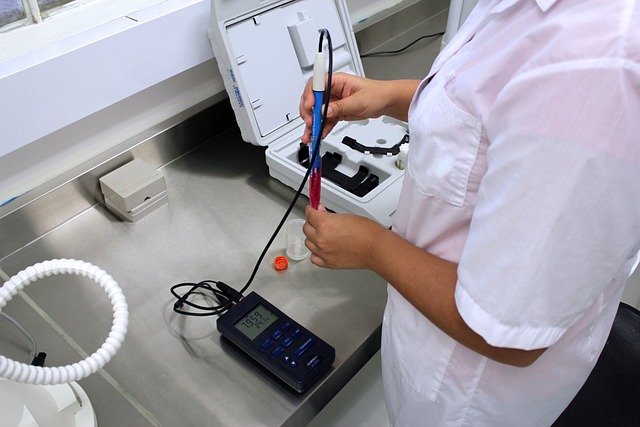Risk Factors
Risk factors for sexually transmitted diseases (STDs) are varied and can significantly impact an individual’s sexual health. Understanding these factors is essential for effective prevention and management. The presence of certain behaviors, demographic characteristics, and underlying health conditions can elevate the likelihood of contracting STDs, making it crucial for individuals to be aware of their unique risk profiles. This section will explore the primary risk factors associated with STDs, providing insight into how they can inform personal choices and public health strategies.
One of the most significant risk factors for STDs is engaging in unprotected sexual intercourse. The absence of barrier methods, such as condoms, increases the likelihood of transmitting infections. This risk is exacerbated for individuals who have multiple sexual partners, as each additional partner elevates the chance of encountering someone with an undiagnosed infection. Furthermore, certain sexual practices, including anal or vaginal intercourse, carry different levels of risk, with anal intercourse generally associated with higher rates of transmission due to the fragility of the mucous membranes involved.
Demographic factors also play a pivotal role in STD risk. Age, gender, and sexual orientation can influence susceptibility to infections. Young adults, particularly those between the ages of 15 and 24, represent a demographic disproportionately affected by STDs. This age group often exhibits higher rates of risky sexual behaviors and lower rates of regular testing, contributing to the spread of infections. Additionally, men who have sex with men (MSM) are at a heightened risk for certain STDs, including human immunodeficiency virus (HIV) and syphilis, due to biological and social factors that may limit access to preventive resources.
Underlying health conditions further complicate the landscape of STD risk. Individuals with compromised immune systems, such as those living with HIV or other chronic illnesses, may be more susceptible to contracting STDs. Similarly, those with a history of STDs are at increased risk for subsequent infections, as the presence of one infection can create conditions conducive to acquiring others. This interplay between health status and sexual health emphasizes the importance of comprehensive medical care and regular screenings for individuals at risk.
Finally, social determinants of health, including socioeconomic status, access to education, and healthcare resources, can significantly impact STD risk. Individuals in lower socioeconomic brackets may have limited access to preventive services, such as education on safe sex practices and access to testing and treatment. Cultural stigma surrounding STDs can also inhibit individuals from seeking necessary care, further perpetuating the cycle of infection. Addressing these broader social factors is essential for developing effective public health interventions aimed at reducing the prevalence of STDs and promoting sexual health awareness across all demographics.


No responses yet